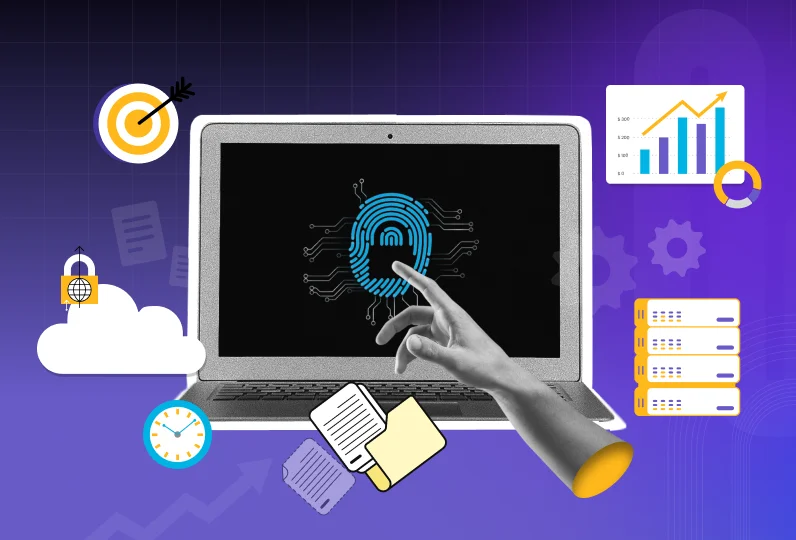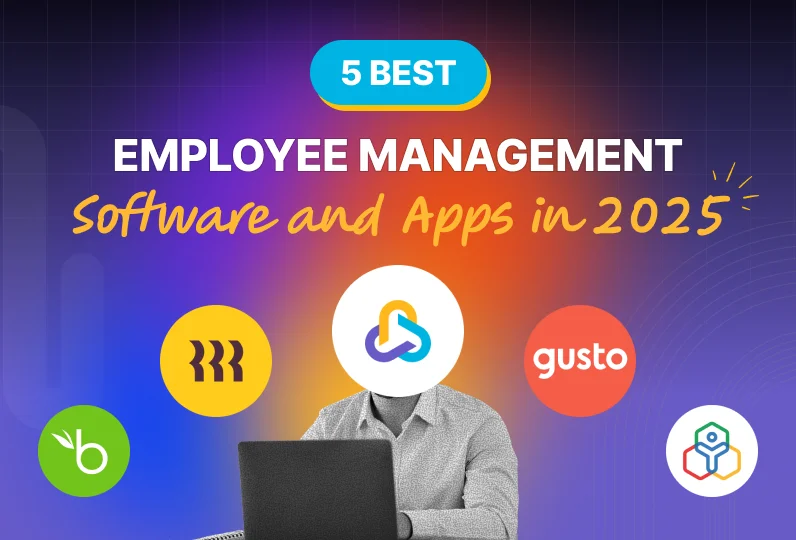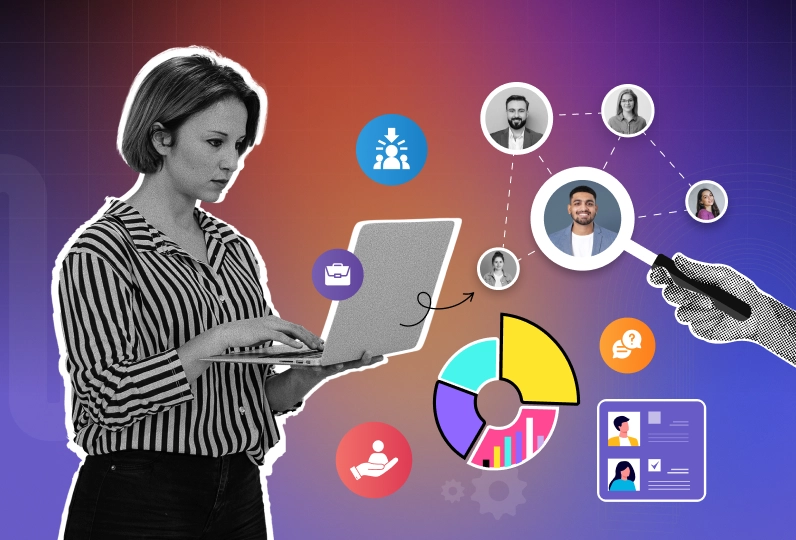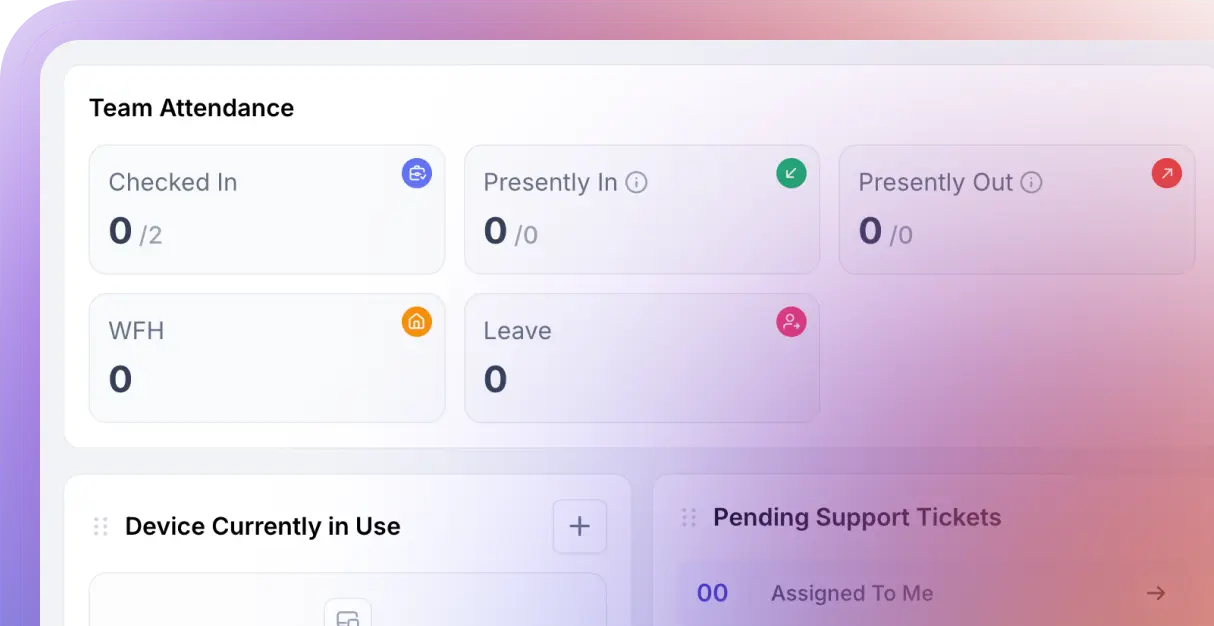Technology is deeply woven into every part of modern business, from operations and collaboration to customer service and long-term growth. But as your tech stack expands, so does the complexity. Devices, software, cloud services, and licenses all need to be tracked, managed, updated, and eventually retired.
Without a clear system in place, things slip through the cracks as the costs rise, risks grow, and efficiency suffers. To stay ahead, businesses need more than just a list of assets; they need complete visibility and control over how their technology is being used and where it’s adding value. That’s where a strategic approach becomes essential.
So, what is IT Asset Management, and how does it help businesses turn tech chaos into clarity and control? This blog discusses IT asset management in detail and reveals how it helps businesses get the most from their tech investments.
Key Takeaways
- IT Asset Management (ITAM) helps businesses track, optimize, and maximize the value of their technology investments.
- Proactive IT asset management empowers organizations to take full command of hardware, software, and cloud resources, ensuring nothing is underutilized or misplaced.
- It tracks asset usage, lifecycle, and depreciation to amplify return on every technology investment.
- A strong ITAM strategy leads to cost savings, risk reduction, compliance, and improved decision-making.
- ITAM delivers actionable intelligence and analytics on asset performance, usage trends, and investment priorities, enabling leaders to make confident, data-driven technology decisions.
What is IT Asset Management?
IT Asset Management (ITAM) is the structured process of tracking, maintaining, and optimizing an organization’s technology assets, like hardware, software, licenses, and cloud services throughout their lifecycle. From acquisition to retirement, ITAM ensures every asset is accounted for, used efficiently, and aligned with business needs. It helps companies reduce unnecessary spend, improve security, ensure compliance, and make better decisions about their tech investments.
Exploring the Core Types of IT Asset Management
IT asset management typically has four types, including software, hardware, cloud, and other tech assets. Here’s a quick breakdown of what each type involves and why it matters:
1. Software Asset Management
With software asset management, you can track licenses, monitor usage, and cut unnecessary costs. It helps avoid over-licensing, reduces compliance risks, and ensures cost-effective software procurement. Businesses can gain visibility into what software is being used and how, and make smarter renewal and budgeting decisions.
2. Hardware Asset Management
Hardware asset management deals with physical technology assets, like desktops, laptops, servers, networking devices, and many more. It covers the entire lifecycle from procurement and deployment to maintenance and disposal. Efficient HAM ensures you’re not overspending on unused devices and that every asset is traceable and secure.
3. Cloud Asset Management
Cloud asset management gives you visibility into who’s using what, where you’re overspending, and what subscriptions to cut or optimize. Through CAM, you can reduce usage, control costs, and optimize resources in dynamic cloud settings, especially in multi-cloud or hybrid cloud ecosystems.
4. Other Tech Asset Management
Other IT asset management includes everything from mobile devices, inventory, and IoT sensors to peripherals and specialized tech tools. Managing these often-overlooked assets ensures complete visibility across your tech ecosystem and reduces operational blind spots.
Benefits of IT Asset Management Solutions For Modern Businesses
IT Asset Management (ITAM) delivers real, measurable value by helping businesses reduce costs, improve control, and make smarter tech decisions. It supports everything from streamlining the asset lifecycle to boosting productivity through better visibility and centralized oversight.
By integrating with IT Service Management (ITSM) and security tools, ITAM also strengthens compliance and risk management. Simply put, it empowers businesses to get more out of their tech while spending less and operating more efficiently. Below are some of the key benefits ITAM brings to modern businesses.
Cost Optimization
You can reduce wasteful spending when you know exactly what assets you have and how they’re used. ITAM helps cut unused software licences and avoid duplicate purchases and stretch every IT dollar.
Data-Driven Decision Making
With real-time insights into asset performance and usage, your team can make smarter investment decisions. ITAM turns scattered data into actionable information.
Streamlined Asset Lifecycle
From acquisition to retirement, ITAM keeps every stage of an asset’s life under control. You get timely maintenance, smarter upgrades, and fewer surprises.
Centralized Inventory Control
Keep every asset on the radar with a unified inventory system. Centralized control helps IT teams act faster, plan smarter, and manage resources across departments and locations without confusion.
Greater Visibility
You can’t manage what you can’t see. ITAM gives you full visibility into your tech landscape, helping you catch risks early and plan with confidence.
Integration with ITSM and Cybersecurity Systems
ITAM doesn’t work in a silo. It syncs with IT service management and security tools to detect vulnerabilities, enforce access policies, and improve incident response.
Enhanced Productivity
Your employees waste less time waiting for hardware, software, or support. With everything tracked and available, they stay focused on what really matters.
Improved Compliance and Risk Management
IT audits and security gaps become easier to handle when your asset records are accurate. ITAM helps enforce policy, track software licenses, and reduce legal and financial risks.
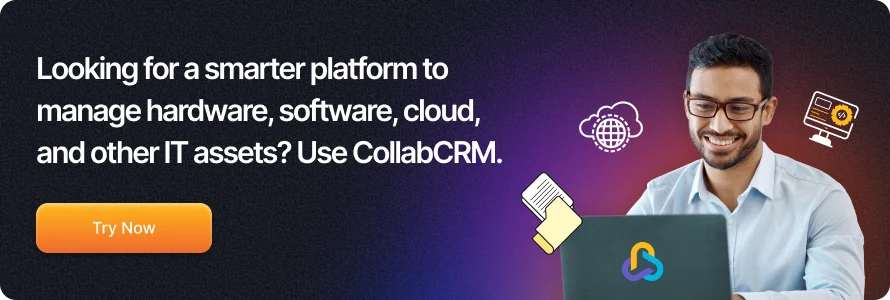
What is IT Asset Management Policy?
An IT Asset Management (ITAM) Policy is a formal document that outlines how an organization tracks, manages, and governs its IT assets, such as hardware, software, licenses, and cloud resources throughout their lifecycle. It helps organizations maintain control, reduce risk, and make informed decisions about their technology investments.
Key Objectives of an ITAM Policy:
- Define ownership & responsibilities for managing IT assets
- Standardize processes for procurement, usage, maintenance, and disposal
- Ensure compliance with software licenses, regulations, and security standards
- Reduce costs by avoiding over-purchasing or underutilizing resources
- Improve visibility into asset inventory and usage
What It Covers:
- Asset classification (hardware, software, cloud, etc.)
- Acquisition and approval procedures
- Usage rules and access policies
- License tracking and renewals
- Retirement and disposal protocols
- Roles and responsibilities (IT, procurement, finance, etc.)
Key IT Asset Management Processes That Maximize Tech ROI
The IT asset management process typically includes six key steps: Request, Fulfillment, Deployment, Monitoring, Service, and Retirement. Each step ensures your assets are properly tracked, used, maintained, and eventually phased out without waste. Here’s a detailed breakdown of each step and how it helps you maximize tech ROI.
1. Request
Employees or teams raise a request when they need new hardware, software, or services. This request goes through an approval process to make sure the asset is necessary and fits within the company’s policy and budget.
2. Fulfillment
Once the request is approved, the IT or procurement team sources the required asset. They either assign it from existing inventory or purchase it, making sure it matches the specifications and timeline.
3. Deployment
In this step, IT prepares the asset for use. They install the required software, apply security settings, set up user profiles, and ensure the asset is ready for immediate work.
4. Monitoring
After deployment, IT tracks how assets are used. They check for performance issues and unused software and ensure everything stays secure and compliant.
5. Service
IT provides ongoing support to keep assets running smoothly. This includes updates, troubleshooting, repairs, and responding to user issues.
6. Retirement
When an asset reaches end-of-life, IT removes it from use. They back up data, wipe the device securely, update records, and handle disposal or recycling.
How ISO Standards Strengthen IT Asset Management Frameworks?
The International Standards Organization (ISO) has a dedicated series of standards for IT Asset Management: ISO/IEC 19770, made up of five key parts:
- ISO/IEC 19770-1: Lays out the foundational principles and operational requirements for running an effective ITAM program. It helps organizations align asset practices with broader business and compliance goals.
- ISO/IEC 19770-2: Establishes a universal format for software identification (SWID tags), making it easier to track what’s installed across systems and streamline audits.
- ISO/IEC 19770-3: Defines how to record and interpret software license entitlements, helping bridge the gap between what’s owned and what’s being used.
- ISO/IEC 19770-4: Supports standardized tracking and reporting of IT resource usage, especially valuable when managing cloud platforms, virtualization, and complex licensing.
- ISO/IEC 19770-5: Provides a high-level overview of the entire ISO 19770 series and standardizes the terminology used across ITAM programs for consistency and clarity.
Why Leading Teams Rely on CollabCRM to Manage Their IT Assets?
CollabCRM is a trusted platform that offers a robust IT asset management solution tailored for the needs of IT companies. CollabCRM simplifies managing hardware, software, cloud and other IT assets with a centralized system that tracks every asset across its lifecycle.
From procurement and deployment to monitoring, servicing, and retirement, the platform ensures complete visibility and control, helping organizations avoid waste, reduce downtime, and stay compliant.
What truly sets CollabCRM apart is its asset lifecycle automation. Teams can:
- Raise requests and automate approvals without delays.
- Track asset performance and usage in real time.
- Plan upgrades or replacements based on lifecycle insights.
- Ensure compliance and security at every stage.
It helps leaders in better financial and security planning for their IT assets that support growth and scalability. CollabCRM manages IT assets effectively and transforms how growing businesses align technology with growth, ensuring businesses stay agile no matter what’s ahead.
FAQs on IT Asset Management
The 5 P’s of IT Asset Management are People, Processes, Policies, Products, and Proactive Governance. Together, they form the foundation of an effective ITAM strategy, ensuring assets are well-managed, aligned with business goals, and delivering maximum value throughout their lifecycle.
ITSM or IT Service Management refers to the structured approach organizations use to design, deliver, manage, and improve IT services. It focuses on aligning IT processes with business needs to ensure consistent service delivery and enhanced user experience.
ITAD stands for IT Asset Disposition, and it refers to the secure and environmentally responsible process of disposing of outdated or unwanted IT equipment. ITAD ensures data is wiped properly, assets are recycled or resold when possible, and regulatory compliance is maintained.
ITAM (IT Asset Management) focuses on tracking, managing, and optimizing the lifecycle of IT assets like hardware, software, and cloud resources. On the other hand, ITSM (IT Service Management) is about delivering and managing IT services that support business operations. While ITAM deals with what you own, ITSM focuses on how IT supports your business.
IT Asset Management (ITAM) tracks and optimises assets across SaaS, IaaS, and PaaS models to support cloud resource management. For SaaS, ITAM oversees the app subscriptions, licensing, renewals, and user access. In IaaS, it monitors cloud-based infrastructure like storage, compute, and capacity to ensure efficient usage. With PaaS, ITAM helps manage pay-as-you-go services by tracking resource consumption and controlling costs within budget and usage limits.
An IT Asset Management (ITAM) database is a centralized system that stores detailed information about an organization’s IT assets, such as hardware, software, licenses, cloud resources, and related configurations. It helps track the lifecycle of each asset, including procurement, deployment, usage, maintenance, and disposal. This database enables better visibility, compliance, and decision-making by keeping asset data accurate, up-to-date, and easily accessible across departments.
